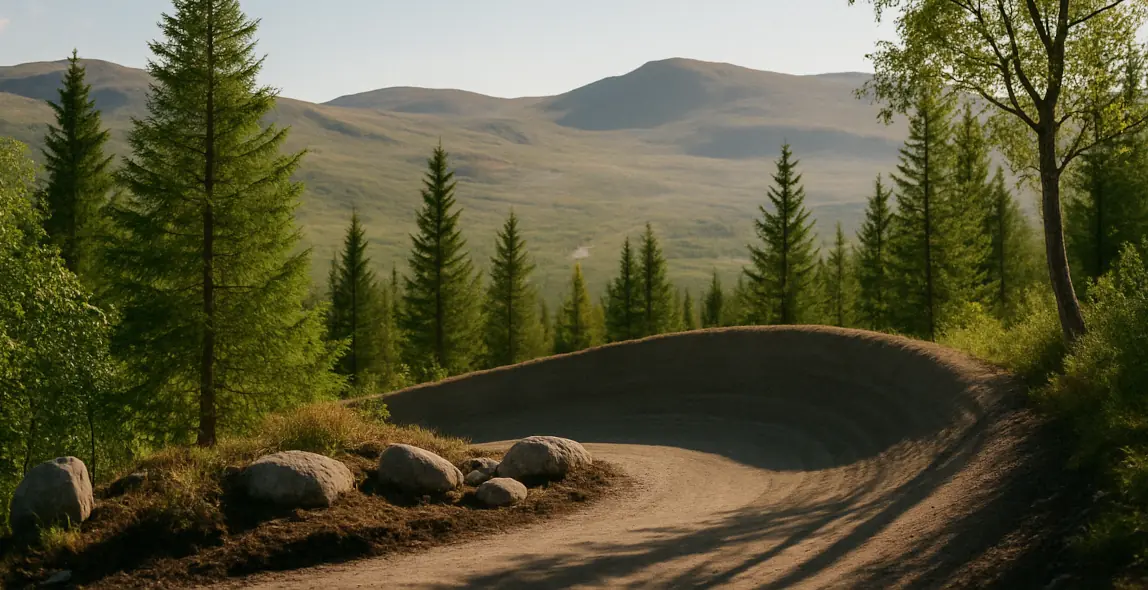
How to Build the Perfect Berm
Master the art and science of building flawless berms that enhance flow, maintain speed, and create an exhilarating riding experience for mountain bikers of all skill levels.
Overview
Understanding Berms
Berms are banked turns that allow riders to maintain speed through corners by providing a cambered surface that counteracts the lateral forces experienced while turning. A well-built berm is more than just a pile of dirt—it's a carefully engineered feature that balances multiple factors including radius, entry and exit points, superelevation, drainage, and soil composition.
- Maintains rider momentum through turns
- Reduces trail erosion and maintenance
- Creates a more enjoyable riding experience
- Accommodates riders of varying skill levels
- Enhances overall trail flow
- Provides opportunities for skill development
- Appropriate size for intended speed and use
- Proper drainage to prevent erosion
- Suitable soil composition and compaction
- Correct entry and exit alignment
- Sustainable construction techniques
- Regular maintenance requirements
Types of Berms
The most common berm type features a consistent radius and superelevation throughout the turn. Standard berms are versatile and work well in most trail situations, providing predictable handling for riders of all skill levels.
These berms gradually increase in steepness from entry to apex, then gradually decrease toward the exit. Progressive berms help riders naturally modulate their speed through the turn and provide a more dynamic riding experience.
Compound berms incorporate multiple radii within a single turn, typically tightening through the middle section. These berms create a more technical riding experience and can help control speed on steeper trail sections.
These specialized berms incorporate elevation changes within the turn. Step-up berms climb through the turn, while step-down berms descend. Both add an additional dimension to the riding experience and can help manage speed on varied terrain.
Understanding the physics behind berms helps create features that work with riders rather than against them.
When a rider enters a turn, they experience centrifugal force pushing them outward. The banked surface of a berm counteracts this force by providing an inward component of the normal force, allowing riders to maintain traction while cornering at higher speeds.
Ideal Bank Angle Formula
Bank angle (degrees) = arctan(v² / (r × g))
Where v is velocity in m/s, r is radius in meters, and g is gravitational acceleration (9.8 m/s²)
Practical Guidelines
Need help calculating berm dimensions?
Our berm/turn calculator helps you determine proper dimensions and banking angles based on speed and turn radius.